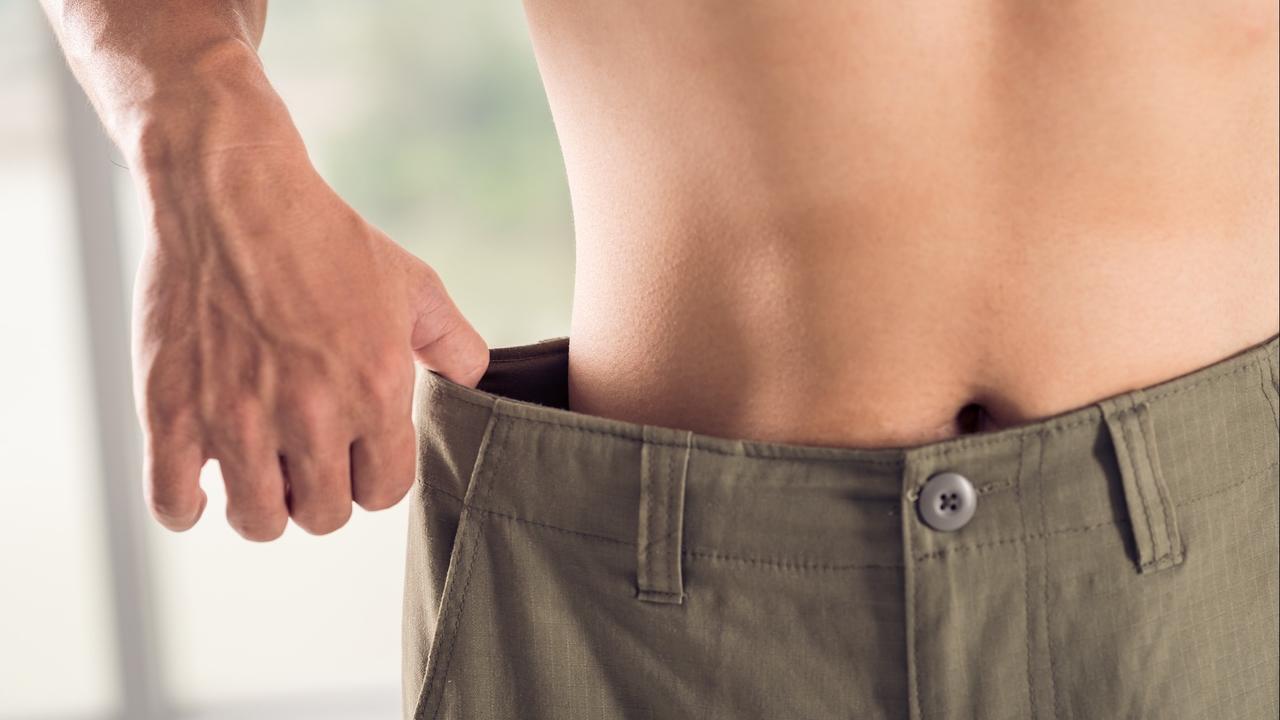Where to even start with weight loss? Honestly, weight loss is simple. It all comes down to energy balance: calories/energy in < calories/energy out = fat loss. That being said, it’s way too easy to over complicate your weight loss plan. The more complex your plan is, the harder it’ll be to stick too. Let’s make it simple. Just master one step at a time. Once you have a step mastered, move on to the next.
Step 1: Eat more nutrient dense foods.
A sucky part of weight loss? You’re going to be hungry. And often. The hungrier you are, the harder it is to stay on track. One of the easiest ways to fight the hunger? Eat more whole foods, foods that have been processed of refined as little as possible. Whole foods are generally less calorie dense than processed foods, so they have more volume per calorie. More food volume means ya feel full, longer. Makes your diet easier.
Processed foods are designed to be hyper-palatable. Basically, engineered to make you want to eat more. Not quite ideal for your calorie count. Whole foods are also packed with nutrients, essential to helping you perform and feel amazing.
Action step: Focus on eating primarily whole, unprocessed foods.
Step 2: Move more.
Go for a walk.
Think about the “calories out” side of the energy balance equation. The more you move, the more energy you burn. More movement means more weight loss.
First, resistance training is huge. Focusing on getting strong in the gym 2-4 times a week will make a massive difference in your weight loss. Don’t worry too much about traditional cardio right now.
Outside of the gym, focus on increasing non-exercise activity thermogenesis, or NEAT for short. NEAT is everything you do outside the gym that burns calories.
As you diet down, your body subconsciously reduces the amount of “fidgeting” type movements you make. This helps conserve energy/calories. It also slows fat loss. A daily movement goal helps counteract this.
Action step: Set a daily step goal. 8,000-10,000 steps a day is a great place to start.
Step 3: Sleep.
Lack of sleep will kill your fat loss dreams.
Too little sleep leads to increased levels of cortisol, A.K.A “The Stress Hormone”. High cortisol levels have lots of negative effects on your body.
Notably for fat loss, when cortisol is released, ghrelin “the hunger hormone” is released with it. Ghrelin in turn stimulates your appetite. (The cortisol-ghrelin relationship is also part of why you want to eat when you’re stressed.)
Under-sleeping also means your training sessions will be harder to recover from, and will make it harder to hold on to as much muscle as you lose weight.
When you don’t sleep enough: you’re hungrier, you’re more stressed, you have trouble building muscle and recovering, and less energy to devote to your life.
Action step: Make sleeping 7-8 hours a night a priority.
Step 4: Eat more protein
Protein is crucial to keep your body functioning properly. It helps your body build more muscle, keeps bones healthy, helps with hormone production, and many other processes.
Without enough protein, your body starts breaking down it’s own proteins, often from muscle, to keep functioning. A decent amount of muscle and balanced hormones will help tremendously in dropping body fat.
Protein takes more energy for your body to digest than the other macronutrients. So basically, eating more calories from protein adds less to the “calories in” side of the energy balance equation than eating the same caloric amount in another macronutrient.
Action step: Focus on eating more protein. But don’t forget about the other macronutrients, they’re important too. When you start tracking: .8-1 grams of protein per lb of bodyweight, daily, is a good target.
Step 5: Start tracking calories:
Now that everything else is on point, time to start tracking your calories.
Back to energy balance. When energy in is less than energy out you’ve created a calorie deficit. Gotta have a calorie deficit for weight loss.
All the previous steps have helped ya create a deficit without tracking. You have all those on lock now. Time to ensure your calories are exactly where they need to be.
To establish what’s a deficit for you, you first need to know what calorie intake you maintain your current body composition at.
Finding maintanence calorie intake:
Track everything you eat for the next week in MyFitnessPal or FatSecret.
At the start of the week, weigh yourself daily first thing in the morning, before eating or drinking. At the end of the week, weigh yourself again, under the same circumstances.
If at the end of the week:
You maintained weight: you’ve found your maintanence calories. Add up the total of every calorie you ate the last seven days, then divide by seven. This is your daily maintanence calorie intake.
You lost weight: You’re already in a deficit. If wieght loss was in the 1-2 lb range, stay at this intake. If weight loss was 3 lbs or more (unless you have a large amount of weight to lose), you’re probably not eating enough.
You gained weight: Try dropping calories by 10% for the next week.
Also keep in mind the different factors that could be causing weight: (time of the month, lots of sodium yesterday, need to use the bathroom, etc.)
The lowest healthy calorie intake for weight loss is around 10 X bodyweight for most. (200 lbs X 10 = 2000 kcal). If you’re maintaning or gaining below this mark, consider reverse dieting. Check this out: https://in3nutrition.com/undo-the-damage-reverse-dieting-made-easy/
Weight loss doesn’t have to be complicated. Consistency with these steps + time will get ya the results you want.







